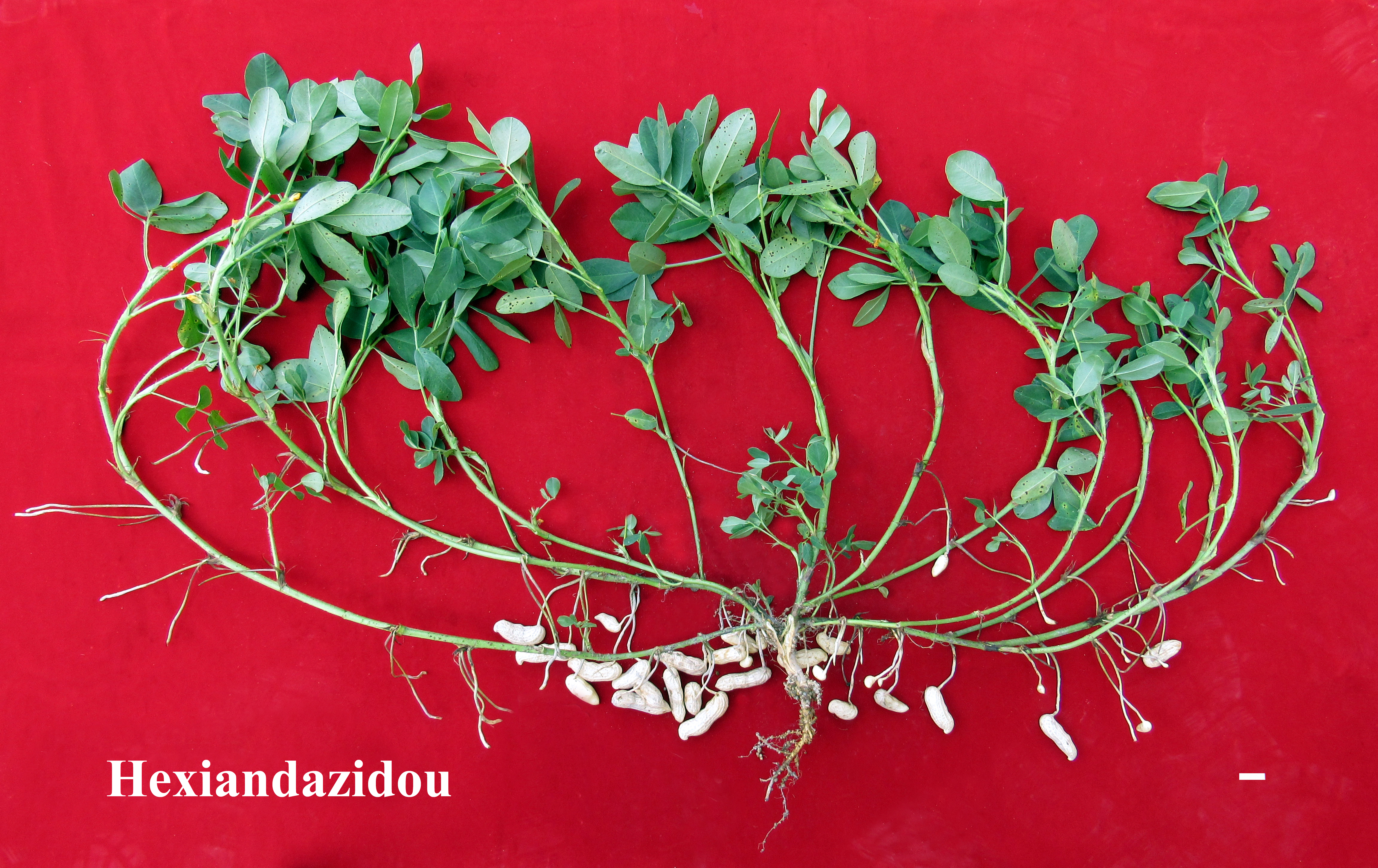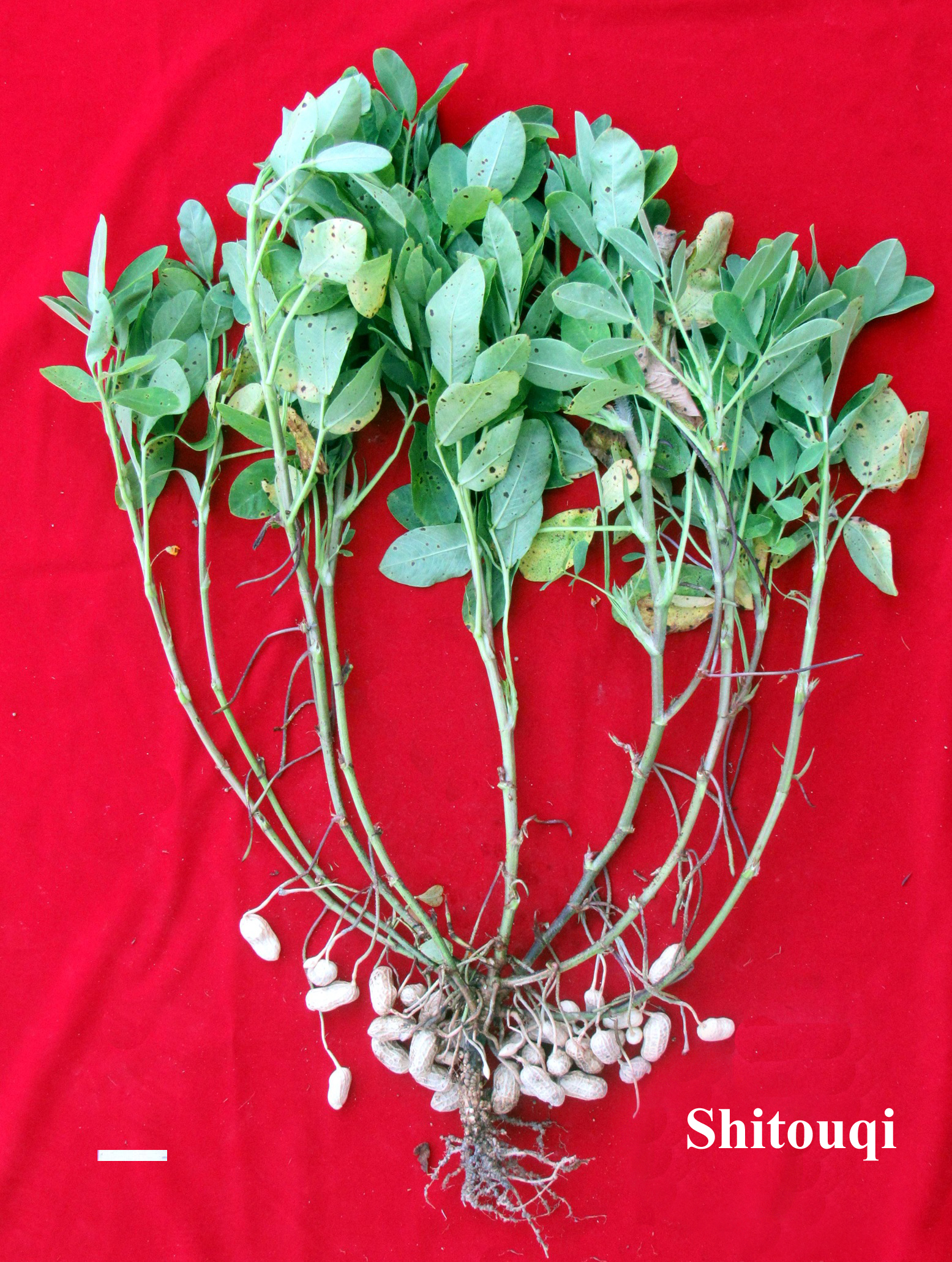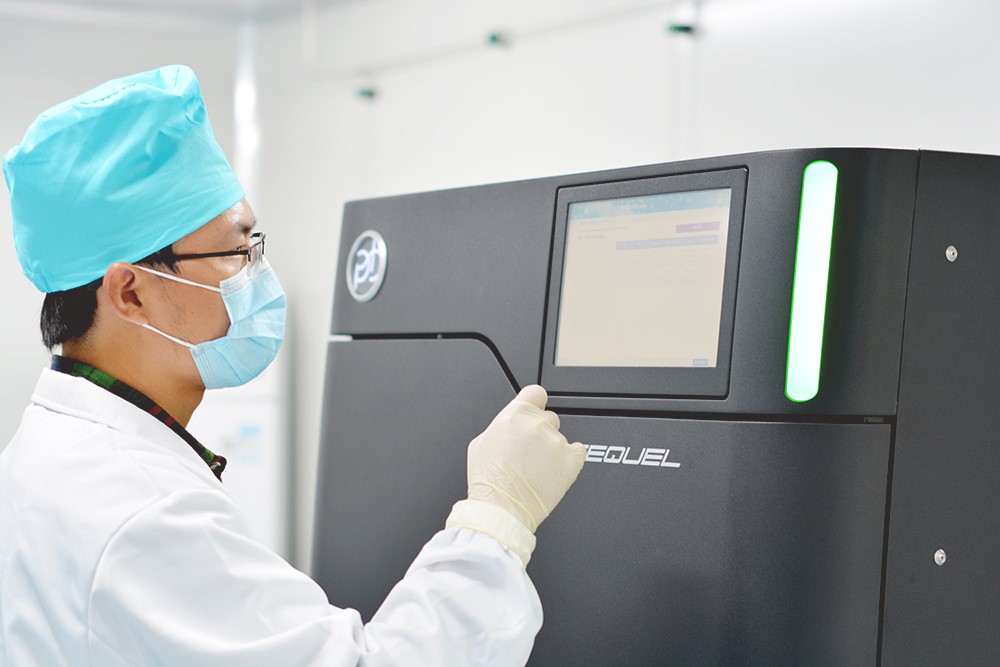Peanut is one of the most important oil crops and protein source in the world. China is the largest peanut producer and consumer. There are about 80 species in the genus of Arachis, and most of them are wild diploid species. The cultivated peanut is a tetraploid, which was believed deriving from a single hybridization event between two diploid species followed by spontaneous whole genome duplication. Because of the complexity in a large, allotetraploid genome, whole-genome sequencing of cultivated peanut has not been completed, which seriously affected peanut research and crop development.


Here, scientists at Fujian Agriculture and Forestry University (FAFU) released the genome sequence of allotetraploid cultivated peanut for the first time, in collaboration with scientists from Wuhan Nextomics Biosciences, Shandong Academy of Agricultural Sciences, Henan Academy of Agricultural Sciences, Cash Crop Research Institute of Guangxi Academy of Agricultural Sciences, Oil Crop Research Institute of Chinese Academy of Agricultural Sciences, Zhongkai University of Agriculture and Engineering, National Cheng Kung University, National Tsing Hua University, and from India and the United States. The genome sequence and the related genomic resources are accessible at the official website of FAFU on December 24, 2017.
Aiming at deciphering peanut genome sequence, the scientists utilized single-molecule real-time sequencing technology (SMRT, PacBio), genome-wide chromosome conformation capture (Hi-C) physical mapping and high density genetic linkage maps to overcome difficulties in sequencing and assembling this allotetraploid genome. The resulting genome assembly yielded contigs N50 at 1.5 Mb and scaffold N50 at 135.7 Mb in 20 chromosomes of the A and B subgenomes.
To ensure successful completion of cultivated peanut whole-genome sequencing, Chinese peanut research teams have built up genomic resources for over a decade. They have constructed a recombinant inbred line (RIL) population (F12/F15) with more than 1300 lines derived from a cross between bacterial wilt resistant and susceptible cultivars. A high density molecular map with more than 10,000 SNPs markers was constructed. To aid the annotation of genome, nearly 50,000 single locus genes were obtained by RNA sequencing of tissues from different developmental stages and under biotic and abiotic stresses, and 40,000 full-length cDNAs were generated by Iso-Seq. These resources effectively enhanced genome assembly and annotation. The length of assembled chromosomes reaches 2.5 Gb, accounting for 99% of total length of contigs and 92.4% of peanut genome, and 83,744 protein encoding genes models were annotated. In addition, Chinese teams had developed an oligonucleotide chip with 100,000 unigenes for genome wide expression profiling.
 “The completion of cultivated peanut whole-genome sequence is a milestone in peanut research. It will play crucial roles in promoting peanut basic and applied research, and help to clarify the origin, evolution and speciation of peanut, and to elucidate the molecular mechanisms of agronomic traits. The availability of the reference allotetraploid genome could expedite the process of molecular breeding, genome editing, and systems biology in peanut, ultimately leading to the development of high quality, high yield, disease resistant, and safety peanut cultivars.” said Weijian Zhuang, a professor of Fujian Agriculture and Forestry University.
“The completion of cultivated peanut whole-genome sequence is a milestone in peanut research. It will play crucial roles in promoting peanut basic and applied research, and help to clarify the origin, evolution and speciation of peanut, and to elucidate the molecular mechanisms of agronomic traits. The availability of the reference allotetraploid genome could expedite the process of molecular breeding, genome editing, and systems biology in peanut, ultimately leading to the development of high quality, high yield, disease resistant, and safety peanut cultivars.” said Weijian Zhuang, a professor of Fujian Agriculture and Forestry University.